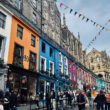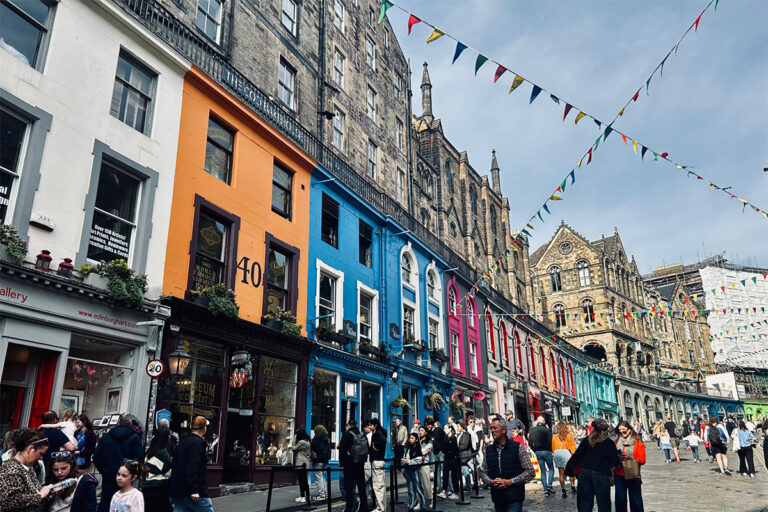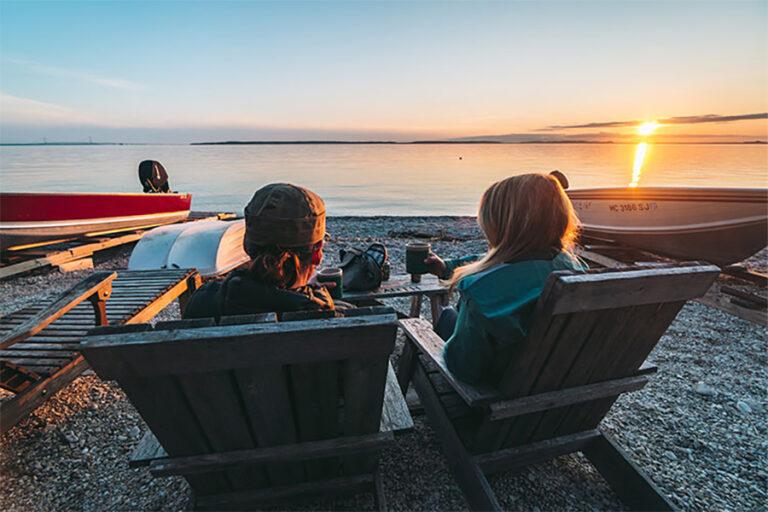
When veteran real estate developer John Pagano received a phone call from one of the world’s largest sovereign wealth funds three years ago, he sensed that change was in the air.
At that time, the coastal towns of the Mediterranean, the beaches of the Caribbean, and the holiday islands of Southeast Asia were bursting at the seams with visitors—and blighted by traffic, pollution, and plastic.
“Overtourism” was the buzzword of the day, and the destinations long favored by luxury travelers were fast losing their charm. So when Saudi Arabia’s Public Investment Fund offered Pagano the opportunity to develop a series of exclusive resorts along the shores of the Red Sea, he leapt at the chance to put the world of luxury tourism on a more sustainable footing. “Our ambition is to set new standards in sustainable development and show that tourism and the environment can coexist in harmony,” says Pagano, CEO of The Red Sea Development Company.
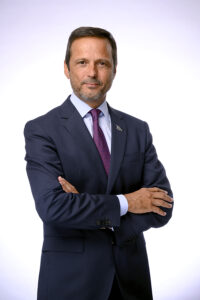
“Luxury tourism used to be about opulence, consumption, and gold taps. Now it is about meaningful, personalized experiences that speak to individuals differently. This is the tourism that the post-COVID world will want.” The extraordinary destination on the shores of the Red Sea now emerging under Pagano’s direction covers a vast expanse of land and water. The area contains more than 90 untouched islands rich in coral reefs and endangered species, as well as desert mountains, volcanoes, and canyons crisscrossed by ancient trading routes. The first guests to experience this spectacular setting will arrive in 2022. The destination will be completed by 2030.
Environmental preservation has been baked into every detail of the project. Developers worked alongside environmental scientists on the masterplan, using marine spatial planning to design a destination that will protect local natural diversity and increase conservation by 30%. Fish stocks are being replenished, coral reefs will expand, and precious habitats such as swamps of mangrove and seagrass will be enhanced, sequestering carbon and protecting unique species of seabirds and turtles. In total, 75% of the islands will be left untouched, with nine designated as special conservation zones.

Single-use plastics are banned, and the entire project will be completely powered by renewable energy. A large energy storage system allows the resorts to use power at night that was generated by solar panels during the day. “Going off-grid has never been done at this scale before,” Pagano says.
“People are looking for authenticity, sustainability, and extraordinary experiences. They will find all of those by the Red Sea in Saudi Arabia.”
John Pagano, CEO, The Red Sea Development Company
Pagano is also keen to ensure that local communities benefit from the development of this new sustainable sector in the Saudi economy. The Red Sea Development Company will create more than 70,000 jobs, most of which will be filled by local people trained in programs funded by the developers. Saudi residents already comprise over 50% of its workforce. With strong support from the Public Investment Fund, the project is making tremendous progress, despite the Covid-19 pandemic. “We’ve already committed SAR 5.3 billion [$1.41 billion] of signed contracts that we are executing on site,” Pagano says.
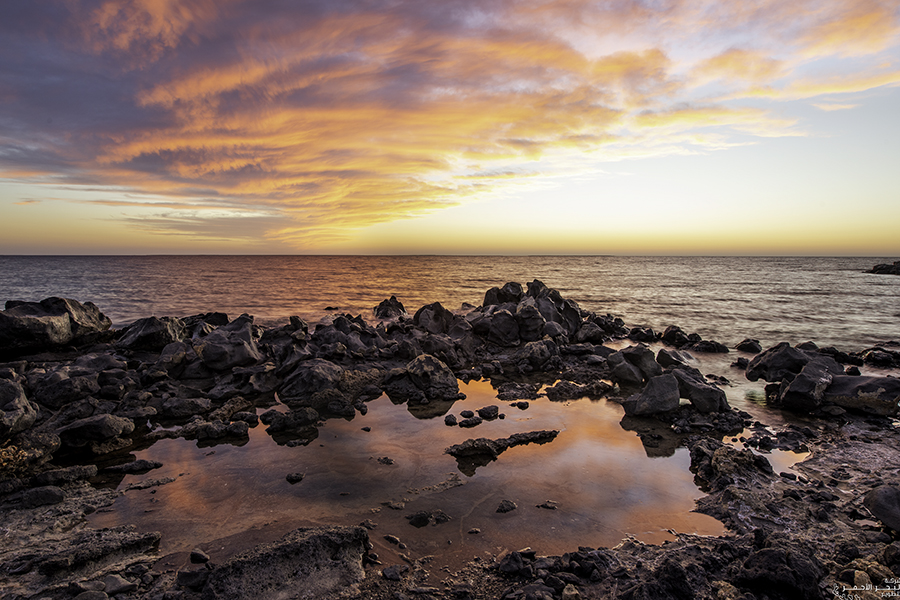
Work underway includes construction of the marine infrastructure required to transport people and materials around the site, including the initial causeway between the mainland and the hub island, Shurayrah, plus the development of 77 km of roads, highways, and junctions to connect the destination. The schematic design prepared by Foster + Partners for the new Red Sea International Airport was approved by GACA this year, and much of the land preparation work at Airport Hill has been completed. In July 2020, the company awarded its largest-value contract to date to an all-Saudi JV partnership between Nesma & Partners Contracting Co. Ltd. and Almabani General Contractors for the airside infrastructure works.
A 1 million-square-meter nursery, built on-site to cultivate the 15 million plants and trees needed to landscape the destination, was completed earlier this year and is fully operational. “Our ambition is to challenge convention, change the way the tourism industry operates, and leave a lasting legacy for generations to come,” Pagano says![]()


